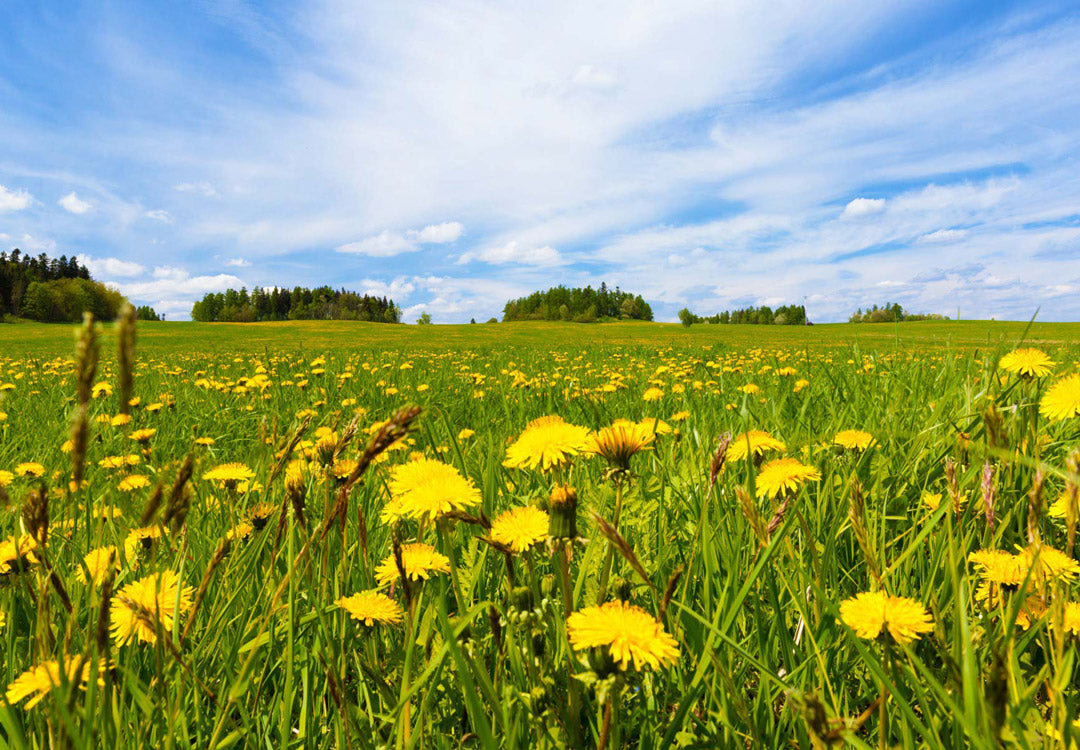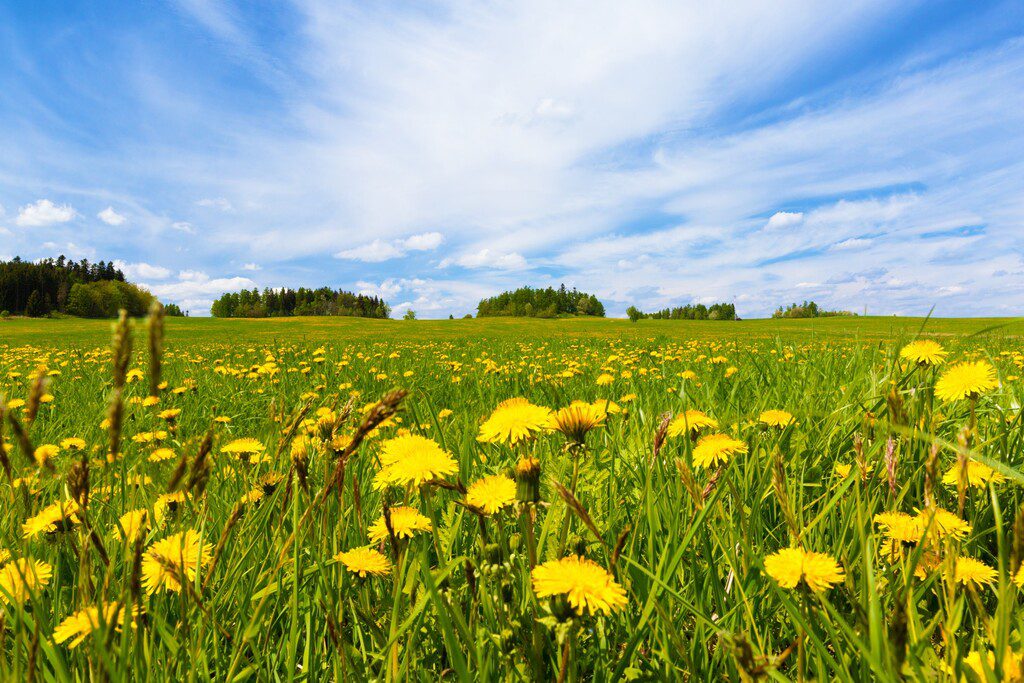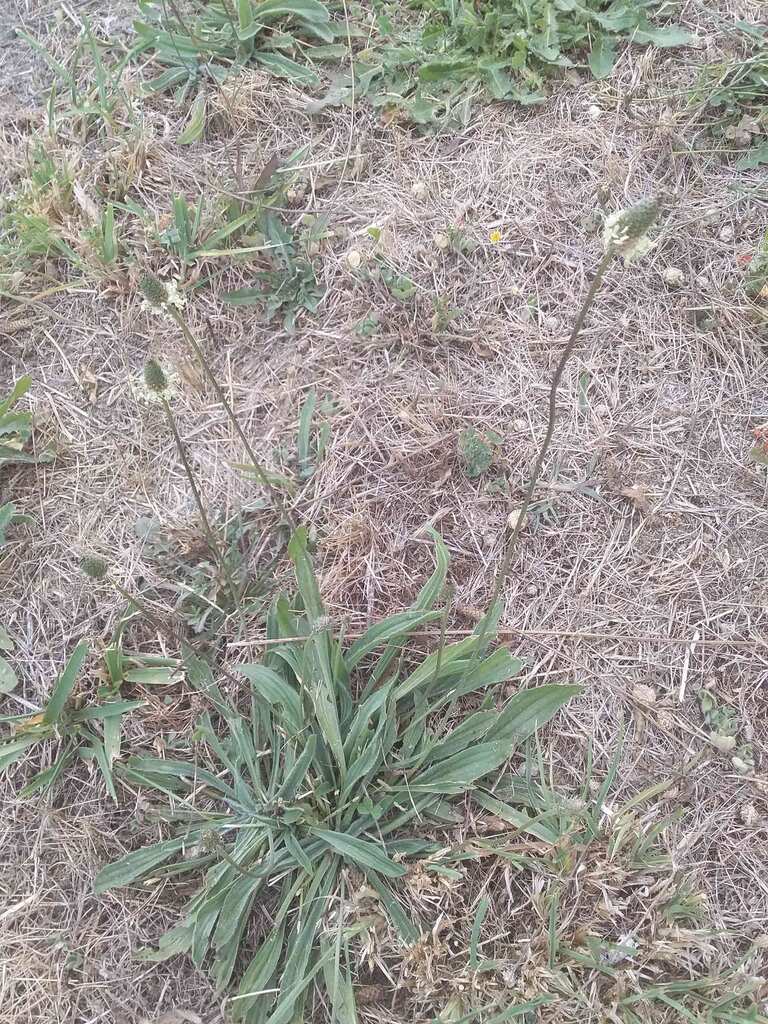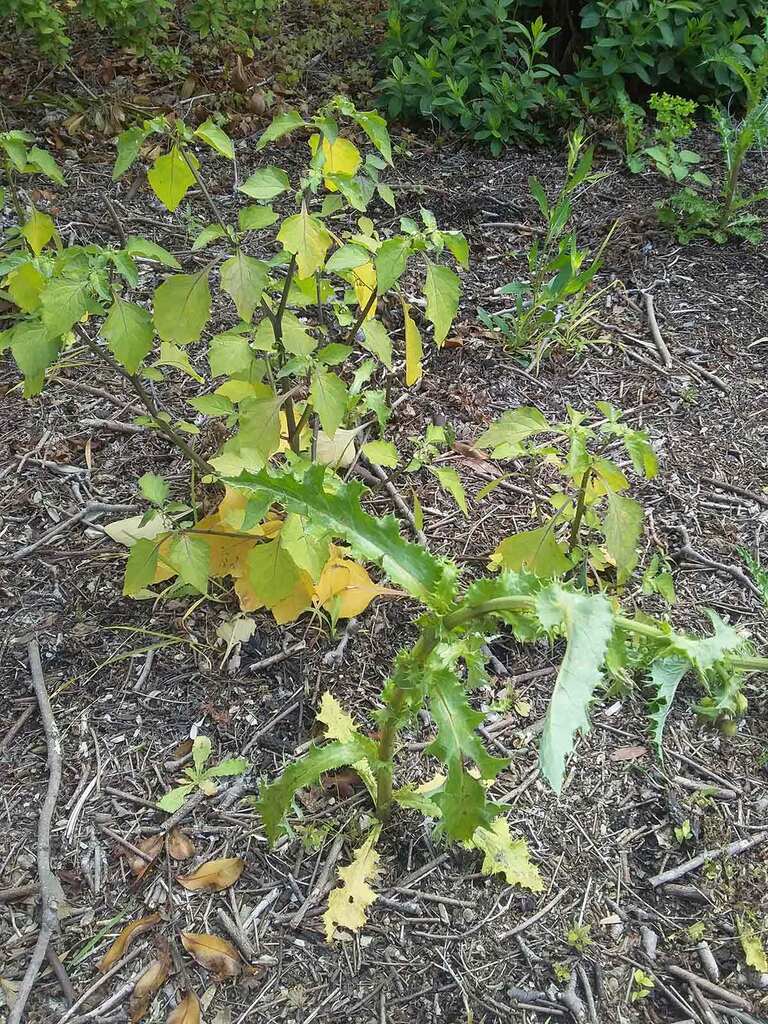
Long have weeds been seen as a degenerative force in the garden. They seem to be the face of the devouring mother nature herself, taking back the land that we borrowed from her.
Yes, it seems that we’re doomed to pit ourselves against weeds, perpetually killing them off one by one while their flowers are going to fruit next door and seeds are jumping the fence into our yard and we carry their seeds on our shoes every time we go for a walk at the park.

Disgusting. Image source
So What Is A Weed, Anyway?
A weed is a plant that grows where a human wishes it didn’t. It’s that simple.
Your garden dreams of becoming a thick jungle or a wild grassy plain. Plants are living in their own world and while we may have ideas about a neat and tidy garden or lawn, there are some serious powers at work that are conspiring to bring weeds up in our gardens and in our lawns.
Many plants we think of as weeds actually plug gaps in the earth and colonise barren areas. They are usually short-lived flowering plants that can survive in poor soil quality to help regenerate the land, and are only able to exist when the plants in your garden (including grass) aren’t doing a good enough job of holding their own real estate.
Weeds play an important role in preventing soil degradation, as well as encouraging a broader spectrum of insect and healthy microbial life by holding the soil together with their roots, providing food for butterfly larvae (caterpillars) as well as other beneficial insects, and compost when they die off each year in their off season.
Nonprofit organisation safelawns.org founder Paul Tukey speaks about how clover used to be a normal and even integral part of American lawns and lawn seed mixes before World War II. After chemical companies stopped creating weapons to kill humans, they turned to new sources of revenue and herbicides became available to selectively kill off “weeds”.
Unfortunately these broad leaf selective killers didn’t differentiate clover and over time the public’s perception of clover as part of a healthy lawn changed. It is now viewed as a sign of an untamed lawn and this poor legume no longer had a place in a respectable lawn.
That’s right, clover is a legume; you can tell by the shape of the flower and the bean pods they produce once pollinated.
Dandelion is part of the Asteraceae family and deserves the same respect as your sunflowers and daisies.
Mustard weeds are a close relative of the broccoli, wasabi and mustard in your kitchen, being members of the Brassicaceae family. All these plants are beneficial to encouraging more life in the garden and are also nutritious and delicious for humans.
Just a quick disclaimer before you go around eating any weed you find in the wild: be smart and make sure you can correctly identify your plants before ingesting so that you don’t eat anything poisonous. Think about whether there are likely to have been urinated on by animals as well.
Definitely don’t eat the weeds growing by the telephone pole on the nature strip. Even if you’re careful which plants you forage, it’s a good idea to wash your weeds well before you eat them.
Do We Have To Hate Weeds?
If you are able to learn to love the weeds in your lawn, you will be allowing a safe pocket for insects and other beneficial organisms in your neighbourhood who will be attracted to the flowers. Different weeds flower during different times of the year, so a truly healthy lawn will have a variety of blooming varieties and create a food source for bees year-round.
t’s no good having a few flowers that bloom through spring alone, because bees have a constant need for pollen throughout the year.
Weeds in the lawn are one thing, but perhaps you want to keep them out of your garden. A ground cover like seaside daisies or a 10cm (4 inch) layer of mulch will smother most weeds, while providing cover for the earth.
Some weeds can grow very large and do serious damage to your property, take for example the Chinese celtis, colloquially known as Chinese elm, which is a seriously problematic noxious weed in some parts of Australia and elsewhere in the world.
Left unchecked this tree will grow very large and has a root system that can cause structural damage to concrete paths, fences and building walls. This is an example of what happens when a bird lands in a gutter or on a fence and poops the seeds that grow a plant not meant for the confines of suburbia.
Sometimes we do need to use a herbicide such as glyphostate, or even something stronger and more toxic, to get rid of a weed. Read our post on your weed killer options* to learn more about easy ways to get rid of weeds that you just can’t live with.
Native weeds are preferable over introduced species where possible. Some weeds that are new to an environment can be problem as they can take over habitats that is supposed to house native flora.
If you can’t stand the thought of letting your land go wild for fear of what the neighbours think, you can always keep it manicured while still providing beneficial insects flowers to visit with flowering annuals and perennials that bloom at different times.
What Do Your Weeds Say About Your Soil?
Weeds are opportunistic little blighters. If the conditions are right for a species, you can be sure that a seed will find its way in and throw down roots. And once the first weed has taken root and thrown out seeds of its own, it’s all over.
But have you ever wondered why some weeds do better in your garden or lawn than other weeds do?
Maybe it’s because only some seeds have ever found their way to your patch of ground. But more than likely, the conditions of the soil in your garden are providing a haven for some weeds and an impenetrable fortress against others.
Just like desirable plants, each weed species has their own preferences for where they want to grow. Because of this, your weeds might be able to give you a few clues to the conditions of your garden that you may not have noticed before.
Plants with long taproots, like dandelion and mustard weeds, have the upper hand in tightly compacted soil because their roots can break through more easily than those with fine roots.

There are many varieties of mustard weed (in the Brassicaceae family) which can be identified by their flowers with four sepals, 4 petals, and 6 stamens (4 tall and 2 short). Usually the weed petals are white to yellow, but family members do come in a variety of other colours. They are all edible and can have a distinctive broccoli flavour with a hot mustard kick. Photo by Plants Grow Here.
A tap root provides a strong anchor for a plant and may store energy and water to help the plant through hard times. Thin lateral roots branch off the dominant tap root to seek nutrients and moisture from the soil.
As the taproots eventually decompose, they improve soil by leaving a new pathway for moisture and finer root systems to enter. They also draw nutrients from beneath where grass and other finely rooted plants can reach and make them readily available when the leaves die back and fertilise the ground. All of the dead plant material left behind by annual* weeds as they die each year compost down and feed the garden moving forward.
Weeds with fine (fibrous) root systems like grasses and plantain can improve eroded soil that needs compacting and help to hold the soil together. They have more surface area than plants with tap root systems, and so can pick up moisture and nutrients more efficiently as long as they aren’t too deep, however they are more susceptible to drought.
You can read more about taproots and fibrous roots in monocots and dicots through my article here.

Narrowleaf (or ribwort) plantain is an edible and medicinal plant that is easy to identify by its rosette habit, apparent parallel leaf venation (with netted veins between main veins) and tiny white flowers arranged on a spike inflorescence. It is possibly the most successful “weed” to have travelled the globe and is naturalised in Australia. Photo via Plants Grow Here.
Different weeds have their own pH balances, soil type preferences and seasons. For example, dandelions will live in most soils and will flower year-round (except during winter in cold regions when it may go dormant), whereas chickweed tends to prefer colder, wetter temperatures with neutral to alkaline clay soil.
Weeds can also be an indicator of nutrient deficiencies. For example, clover hates high levels of nitrogen in the soil because it gains its own nitrogen from the air. If you have a lot of clover, you probably don’t have high levels of nitrogen in the soil to begin with.
Lack of water can give weeds the upper hand. If your lawn is constantly dry, you may notice crab grass and other unwanted grass types popping up because they are better adapted to a dry environment. Watering deeply* can help keep your garden in a manicured state but looking after your soil quality* and choosing appropriate plants for your climate can help keep maintenance and water spending down.
Weeds are generally so successful because they can adapt to a variety of environments, so while. you may be able to see a trend forming with the types of weeds your soil attracts, diagnosing soil problems based on weeds is far from a perfect system. You can get a more accurate reading on your soil by doing a soil test.
So What Do We Do About Weeds?
Of course you can use herbicides against weeds, and I’d never want to take away your right to do so because as a professional gardener I use them all the time.

This is what weeds look like when they’re dying from glyphosate (the most famous brand of which is called RoundUp). Notice the yellowing leaves and how they wilt and bend over as they lose the last of their energy. Photo via Plants Grow Here.
However, I personally do try to limit how often I use them, the types that I use (pretty much just glyphosate, unless I’m getting rid of blackberries), and under what circumstances. Read my post about your herbicide options for more information on using chemicals to kill weeds.
Alternatively, you can pull weeds by the root. Make sure you get the whole root system, especially on tap root weeds, otherwise they’ll just return and within a couple of weeks it will be as if you hadn’t even bothered.
This might seem like a kinder method than using glypho, but this method actually disrupts the soil which is a forgivable sin, but a sin nonetheless. At least with glypho, the roots will rot in the soil which will provide soil structure, carbon and minerals. You can read more about soil structure here.
Getting rid of weeds before they go to seed is key in stopping their return. Once you’ve got multiple plants going to seed in your garden, it starts getting a lot harder to remove them without the use of chemicals.
To block weeds out of garden beds, you can use 10cm (4 inches) of mulch, but allowing weeds helps improve soil health and provides a haven for a variety of life that you may never see, but are essential to the continuation of life on earth.
It’s only natural that our gardens should rebel against the harsh restrictions we attempt to impose upon them. It’s a wild world and we are better off working with it a bit more, while directing the natural forces intelligently to maintain a bit of order.
Have you ever considered taking a step back and realising that what we call weeds are actually beautiful little plant babies and sometimes we should know when to just leave them alone?
Where To From Here
Now that you know what a weed actually is, you can look at all plants with fresh eyes. I hope that even if you do decide to kill them, you can learn to appreciate all of them for what they actually are. Here is my article on how to kill weeds with herbicides again, just in case you missed it above. Use the information wisely.
You can learn about how encouraging flowering weeds helps improve soil structure, and you can learn about why they encourage soil biodiversity, and why that’s a good thing.
